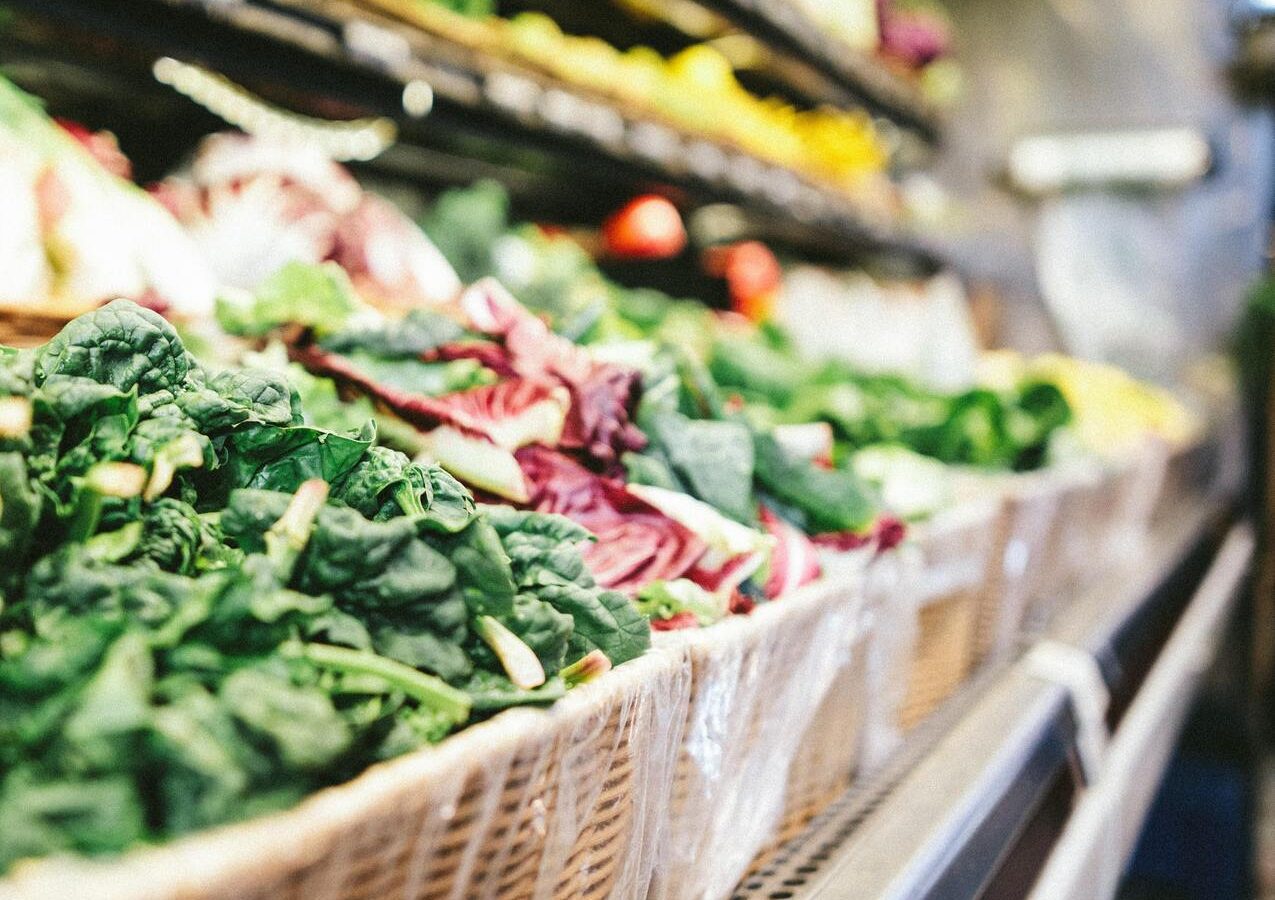I’m sure that mine is not the only household feeling the pinch of rising costs at the moment. Unfortunately, when money gets tight, eating well – especially buying plenty of fresh vegetables and fish and opting for organic options – is often the first thing to be pared back. The good news is that you can eat well and spend less.
Having a smaller weekly budget doesn’t have to mean you have to compromise the quality of your food. In fact, it can sometimes mean that you end up eating better than before! Eating food you have cooked or prepared at home is healthier for you, and has the added bonus of being considerably cheaper than ready meals and takeaways.
The key to this is planning. You’ve probably heard the saying ‘failing to plan is planning to fail’, well, without a weekly food plan it’s hard to ensure you end up with the right foods in the fridge or cupboard for the meals you want.
The biggest waste of food (and therefore money) is throwing out of date foods away. If you plan, and buy only what you need, then this wastage can be hugely reduced.
Read on for more tips on ways to eat well and spend less.
Tip 1: Work out how much you are really spending
Be honest with yourself about your spending and shopping habits. That starts with looking into how much you – and the rest of your family – spend each week on take-out coffee, croissants and other breakfasts; lunchtime salads, soups and sandwiches; snacks and other food treats; and ready meals, takeaways or last-minute meals out.
Make a note every time you buy something to eat on the go out of the house. Do this for a week, then multiply by 4 to give you an approximate monthly total.
Then make a note of how much you spend on your food shops each month. Log into your online banking to get a true figure – it’s easy to underestimate how much this is.
Add the two figures together. This gives you your total for how much you are spending on food each month. I suspect you will be shocked. Most people are.
Commit to saving a certain amount each week or month. Decide what that is. Commit to it and write it down. What will you do with that extra money? Where can you economise?
Tip 2: Plan your planning
Become a planning pro. The thing about planning is that you need to actually plan to plan. It’s easy to get derailed by events, situations, relationships and tasks that insert themselves into our already busy lives.
Choose a time when you know you will be free every week to plan your meals for the week ahead – breakfasts, lunches and dinners. Ideally plan midweek for the following week – put a reminder on your phone if you need to.
If this planning job doesn’t get done, you will have no choice but to shop on a day-to-day basis, which is much more expensive. Planning also takes the stress out of having to decide what to eat each day – you’ve already decided. All you have to do is cook it.
Tip 3: Check through your existing supplies
Next, turn your weekly meal plan into a shopping list.
Check through your freezer, fridge and cupboards to see what you already have. Cross them off your shopping list.
Tip 4: Change what you buy
There are definitely ways to buy the same foods, for less. Some easy swaps to eat well but spend less include:
- Buy frozen fruit and vegetables – these are often frozen within minutes of being picked, so can contain more nutrients than the ‘fresh’ equivalent that’s been sitting on a supermarket shelf for a week. You’re also less likely to have any leftover waste.
- Buy frozen or tinned fish – again, frozen fish is processed as soon as it’s taken off the boat, locking in all the nutrients. Tinned fish can be a great option for adding to a salad or having on toast for a quick lunch. Just remember to have no more than one portion of tuna a week due to its possible mercury content.
- Buy dried legumes (lentils, beans, chickpeas) and cook them yourself. Yes, it’s a bit more time consuming, but is much more economical than buying them in tins.
- Remember that herbal teas, herbs and spices all add to your weekly target of thirty different plant-based foods. Have a different herbal tea each day and you’ve ticked off 7 of your 30 for a fraction of the cost.
Tip 5: Stick to your shopping list
As an experiment, spend at least one week only allowing yourself to buy what is on your shopping list. No extras! The planning and shopping discipline may take a little time to get used to, but it is worth persevering.
Off-list shopping and impulse buys are the biggest enemy for anyone wanting to keep to a budget.
Another top tip – do not go to the supermarket when you’re hungry. You are far more likely to shop off-list when you do.
Tip 6: Get creative
As I mentioned earlier, throwing food away is the biggest waste – both in terms of food and money. Each year vast amounts of food are thrown away, because we don’t know what to do with tired vegetables at the back of the fridge, or leftovers from the weekend.
Make a commitment to use up everything you buy and prepare to save money. There is a bank of resources online to help you find easy recipe suggestions for pretty much anything you may have lurking in the fridge.
This will feel uncomfortable at first, but the satisfaction of throwing nothing away will soon override this.


 Chicken, asparagus and new potato traybake
Chicken, asparagus and new potato traybake